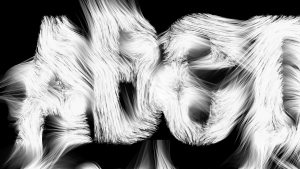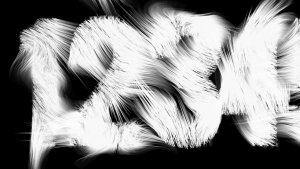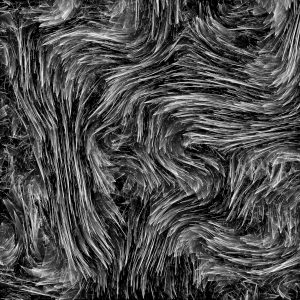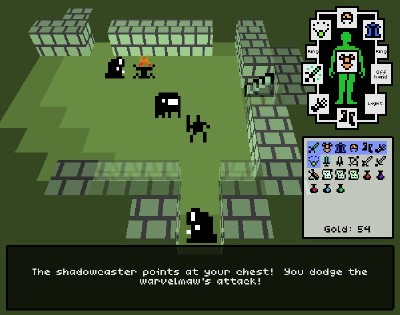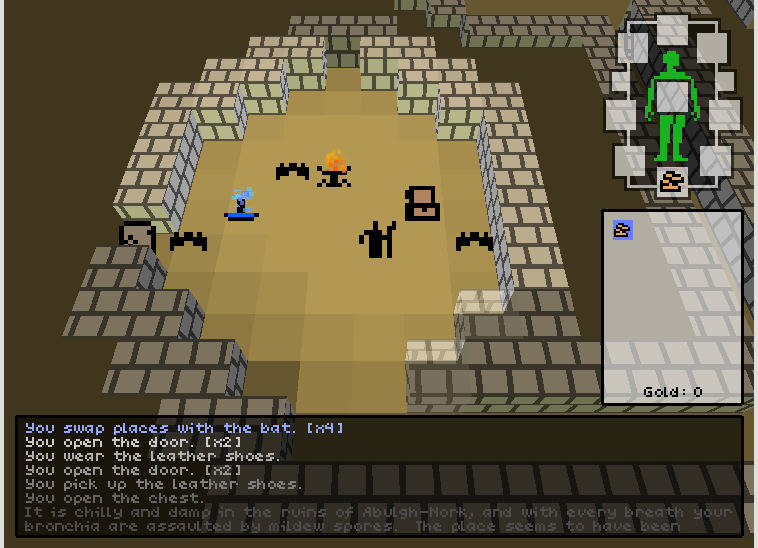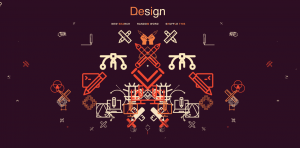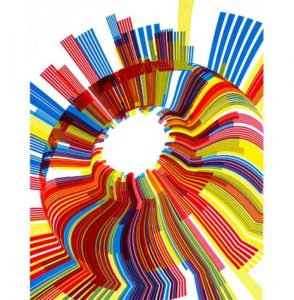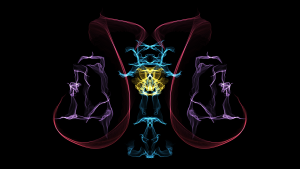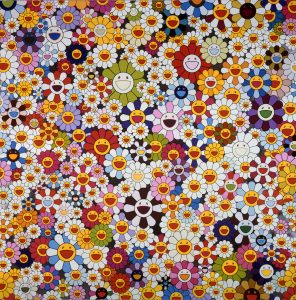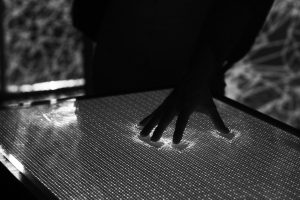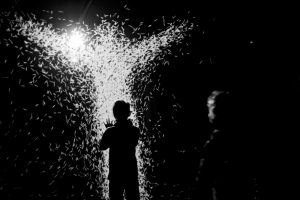As stated on their official website, “the Reactable was conceived and developed since 2003 by a research team at the Pompeu Fabra University in Barcelona.”

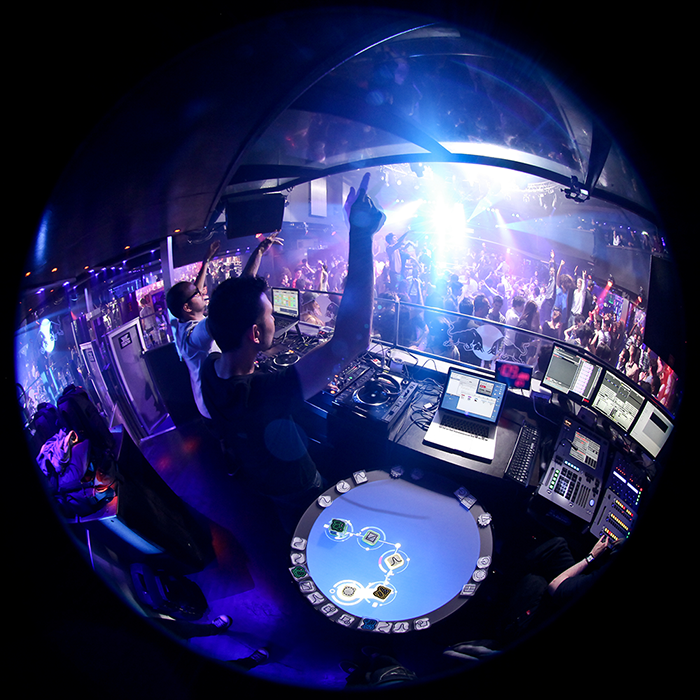
This project really intrigued me because I have a big interest in electronic music. The Reactable works similarly like the launchpad that many DJs use to create their sounds, but it differs in that it works on a flat interactive table. On a typical launchpad, the DJ presses stationary buttons on an electrical box, but with the Reactable, the DJ is able to place the small key boxes anywhere on the table itself to create sounds. Twisting and sliding the key boxes around the table alters the sounds and in turn creates new and unique music.
The video above shows a demonstration of the project itself.
I thought it was cool how technology is also evolving in the music industry in order to make new sounds in new ways that is also serving as new entertainment as the DJ performs with this device.
![[OLD FALL 2017] 15-104 • Introduction to Computing for Creative Practice](../../../../wp-content/uploads/2020/08/stop-banner.png)
